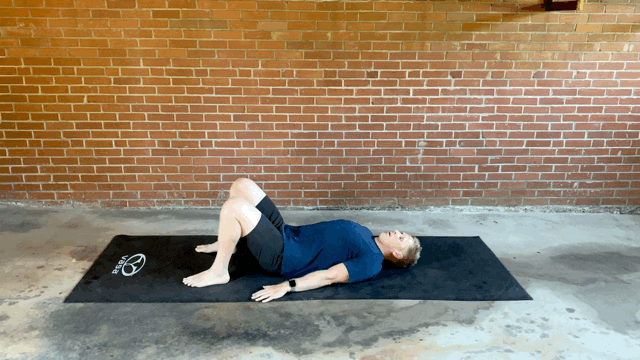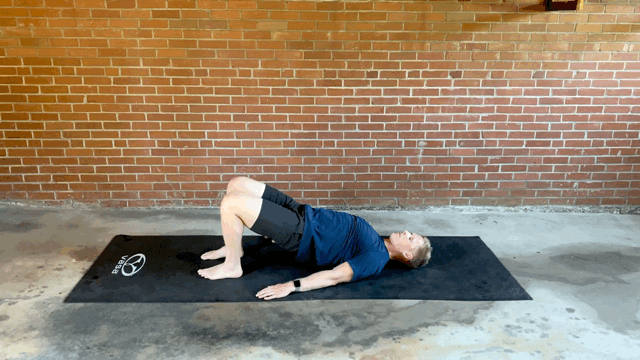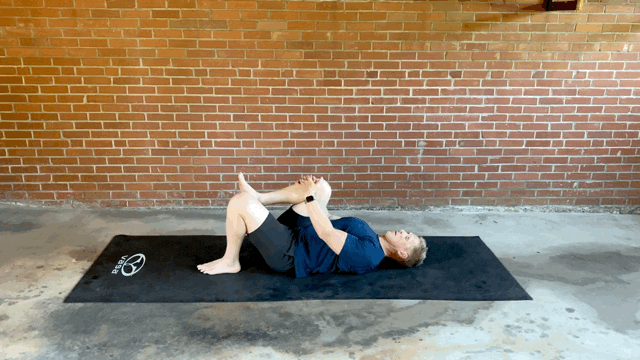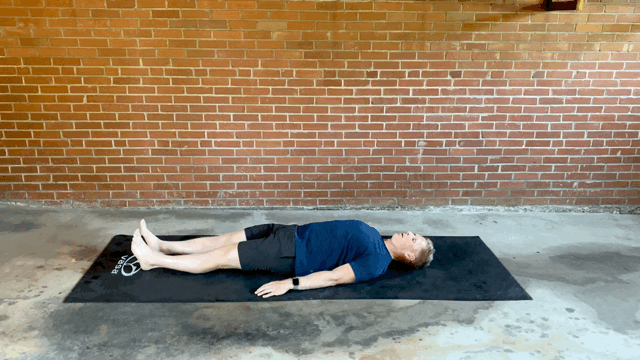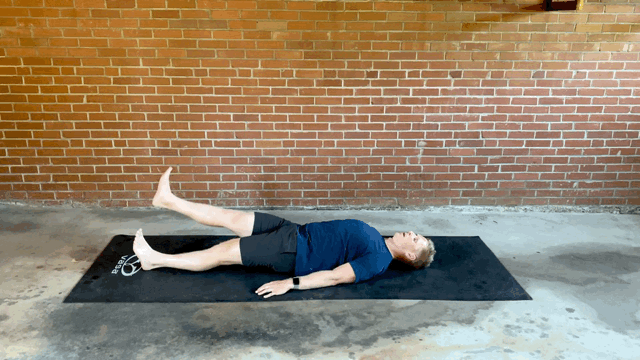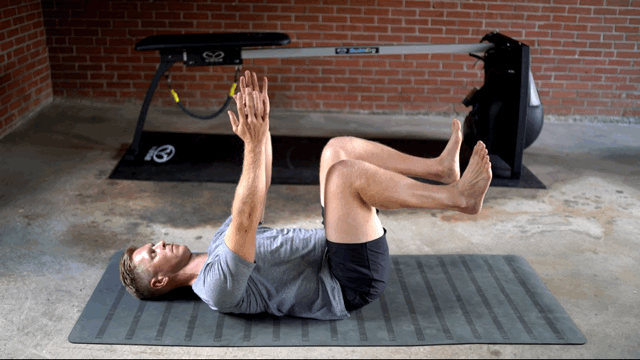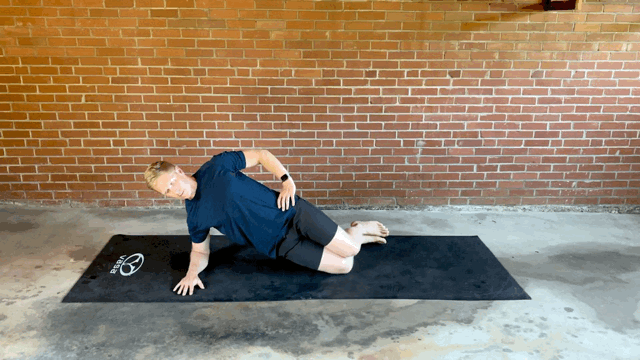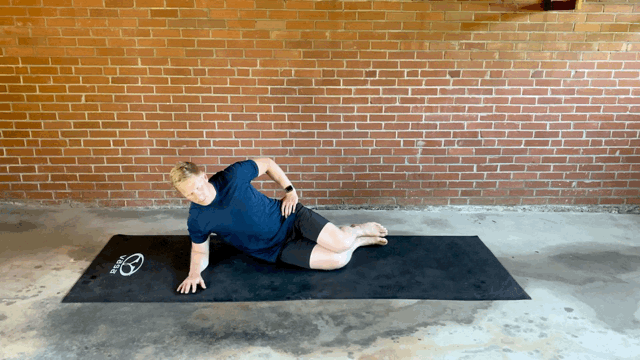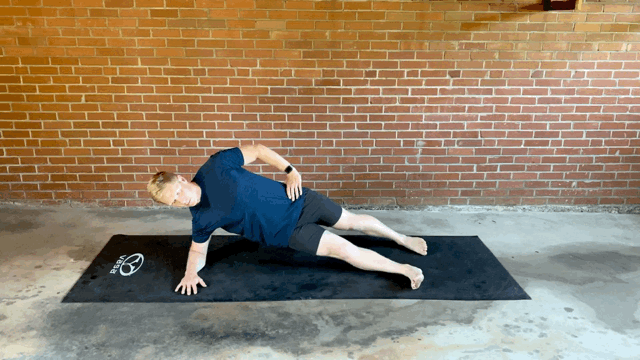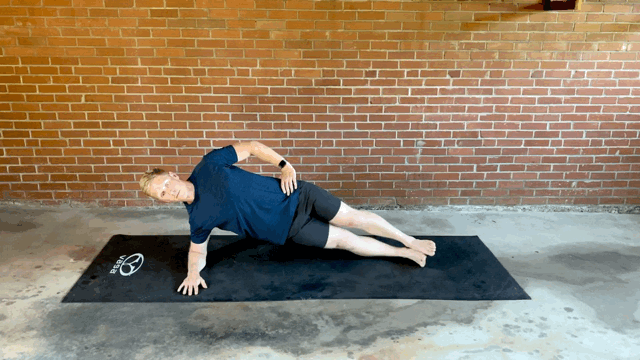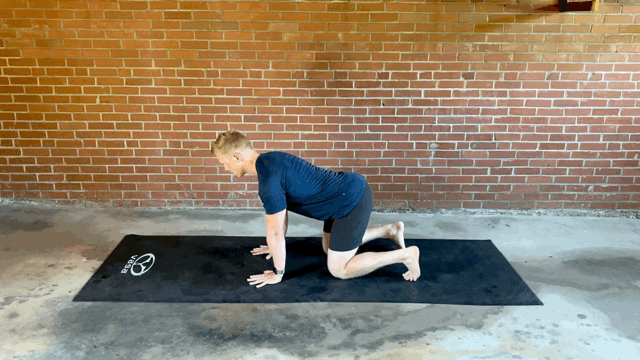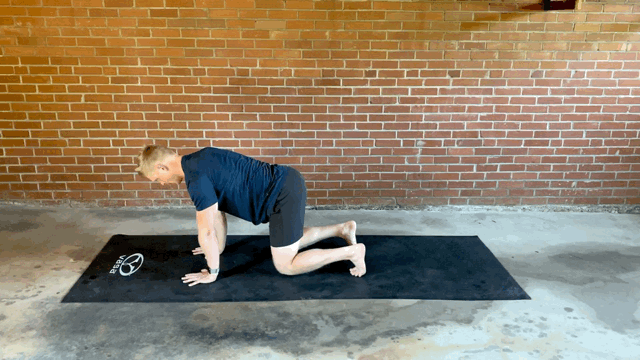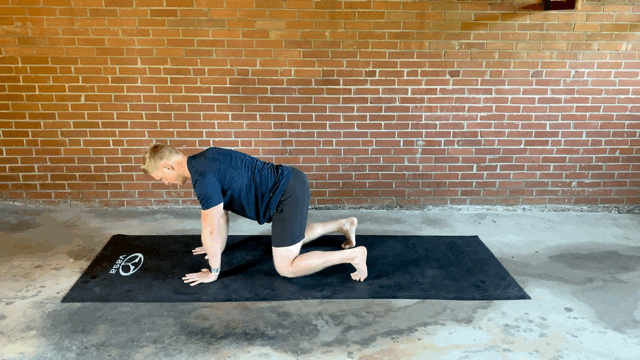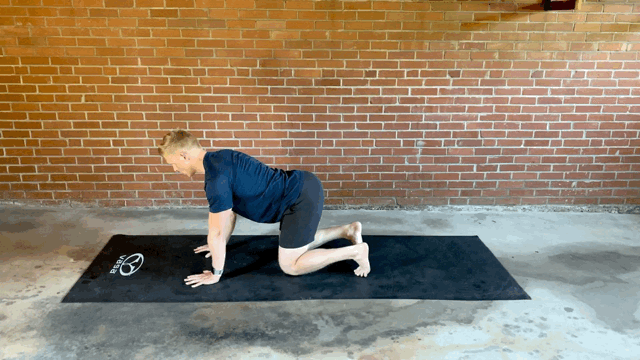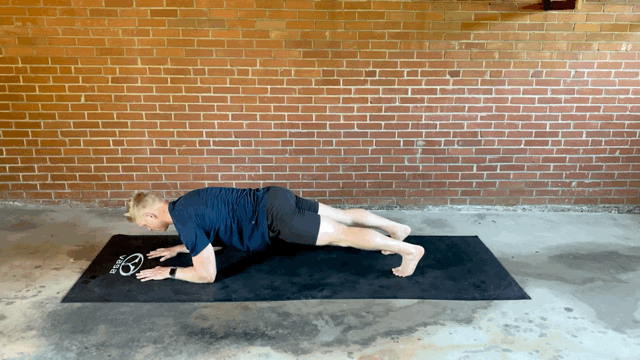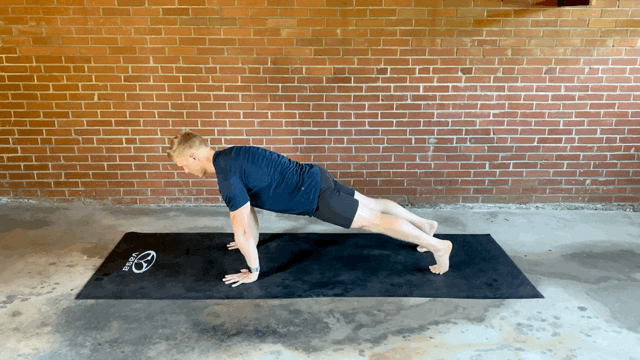Lower Back Care
/Does your lower back fatigue or hurt during workouts or after long days of sitting? If so, you're not alone. Lower back pain is one of the most common issues people face, affecting up to 70% of the population at some point in their lives.
As a coach specializing in functional strength and conditioning, I've worked with swimmers, endurance athletes, and fitness enthusiasts to address movement patterns and build stronger, more resilient backs. Whether you're in the water or on land, a stable core and aligned movement are key to staying pain-free and performing at your best.
In this article, I’ll share effective back and core exercises to help you strengthen your lower back and build a robust foundation. These strategies, inspired by Dr. Stuart McGill’s work and my own coaching experience, will guide you through exercises to optimize movement and stability.
How to train your core?
The Role of Your Core in Back Health
Your core isn’t just about abs—it’s the powerhouse that absorbs and transfers force between your hips and shoulders. For swimmers and endurance athletes, a strong core ensures efficient movement, reducing strain on the lower back during long swims or repetitive training sessions.
To strengthen your core and back, focus on aligning your head, ribcage, and pelvis. Proper alignment allows the surrounding musculature to work efficiently, helping to prevent injuries and improve overall performance.
Training Principles for a Strong Lower Back
Applying principles from DNS (Dynamic Neuromuscular Stabilization) and the Joint by Joint Approach, I recommend starting with:
Breathwork: Establish diaphragmatic breathing to engage the core reflexively.
Core Stabilization: Build a reflexive stiffening strategy for stability during movement.
Progressive Loading: Gradually increase intensity to challenge your core and back muscles without overloading them.
How to train your core?
Here’s a series of some of my best core stability practices, inspired by the research of Dr Stuart McGill, and his seminal work, The Back Mechanic. The movements progress in intensity with orientation to the floor, supine to seated, static stability to dynamic stability, and increased lever lengths.
Give these a shot, to help yourself, or your clients, to not only reduce injury risk, but also build an athletic core. Share this with someone who needs it, and let me know how it goes in the comments, or reaching out here.
The Best Exercises to Strengthen Your Lower Back
These exercises target both your core and back, progressing from static stability to dynamic movement. They’re designed to build a resilient lower back while addressing common weaknesses.
1. Bilateral Glute Bridge
Bilateral Glute Bridge - A glute, hamstring, and spinal erector dynamic stability exercise. Great for encouraging a posteriorly tilted pelvis, and reduction in lumbar hyperextension.
Bilateral Glute Bridge
2. Marching Bridges
Focus on maintaining a level pelvis as you alternate lifting each leg. This dynamic bridge variation strengthens the glutes, hamstrings, and lower back while challenging your core stability.
Marching Bridges - Dynamic bridge progression. Work to keep your pelvis level, imagining a glass of wine sitting on top of your belt buckle.
3. Locked Single Leg Bridge
A progression of the bilateral bridge. Additionally, the flexed opposing hip, prevents hyperextension in the spine, allowing for authentic hip extension in the working leg.
Leg Locked Single Leg Bridge - A progression of the bilateral bridge. Additionally, the flexed opposing hip, prevents hyperextension in the spine, allowing for authentic hip extension in the working leg.
4. Bilateral Straight Leg Bridge
Bilateral Straight Leg Bridge - Long lever bridge, increasing the demands on the hamstrings and glutes.
Single Leg Straight Leg Bridge - single leg progression, increasing load and fitness, one leg at a time.
5. Dead Bug
A classic core and back workout that emphasizes stability. Flatten your lower back against the mat and focus on controlled limb movements to resist rotation.
Dead Bug - Mobile hips and shoulders through a stable core. Flatten your lower back to the mat, by pulling your waistband to your belly button. Keep the bottom corners of your ribs, connected and stacked over the top corners of your pelvis.
6. Side Plank Variations
From split stance side planks to stacked leg versions, these core and back exercises build lateral stability and connect the shoulder to the hip. Start with a static hold and progress to dynamic movements.
Side Bridge - Static lateral line stability. Connecting the fascia of the shoulder to the knee.
Dynamic Side Bridge - Dynamic progression, encouraging lateral line stability coupled with hip extension.
Split Stance Side Plank - level length progression with a wide stable footprint.
Side Plank - Increased stability demands with legs stacked.
7. Cat Cow
Cat Cow - A progression in posture from side lying with an emphasis on spinal mobility, lumbopelvic rhythm.
8. 4-Point Plank with Alternating Limb Lifts
Elevate your core stability by lifting opposing limbs while maintaining a neutral spine. Imagine balancing a glass of water on your back—control is key.
4 Point Plank - static stability. knees are one inch off the ground, with back flat like a table, with four legs, through your arms and hips.
4 Point Plank with Alternating Limb Lifts - Knee elevated, contralateral limb alternation. Resist rotation, and weight shifting here, by impinging a glass of wine on your lower back.
9. Bird Dogs
Great for dynamic core and back engagement. Extend opposite arm and leg while maintaining a stable torso. This exercise is especially beneficial for swimmers working on efficient strokes.
Birddogs - Increased lever length and dynamic movement. Maintain a neutral table top spine, as you coordinate mobilizing your opposite hip and shoulder.
10. Forearm and High Planks
Build static stability with planks. Begin with a forearm plank and progress to a high plank, ensuring your spine remains neutral and your core engaged throughout.
Forearm Plank - Increase lever length, static stability, with a stable forearm base.
High Plank - Increased demand on the plank, in the high push up position.
11. Hand-Supported Seated 90/90
Improve hip mobility while keeping your core and spine stable. This movement enhances rotational strength and flexibility, crucial for athletes.
Hand Supported Seated 90/90 - finishing with an upright seated hip mobility exercise, to improve internal and external rotation of the hip, through a stable spine and core.
Tools and Equipment
Looking to take your training to the next level? Consider using lower back exercise equipment like:
Stability balls for planks and bridges.
Resistance bands for added tension during glute bridges or bird dogs.
Foam rollers for mobility and recovery work.
Lower back pain shouldn’t hold you back from your goals. By prioritizing proper alignment, stability, and progression, you can build a strong, resilient back that supports your training and lifestyle.
Ready to take your training further? Sign up for a complimentary coaching call to discuss personalized coaching and assessment options. Or explore my app-based programs designed for swimmers and endurance athletes to deliver results wherever you are.

